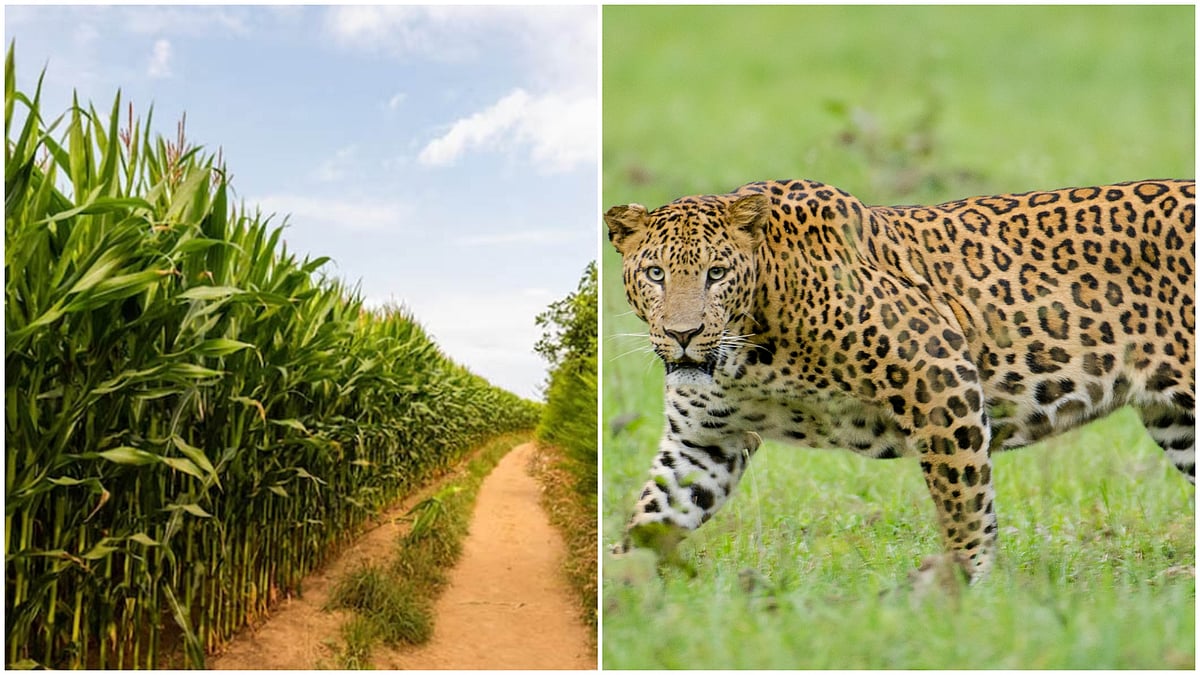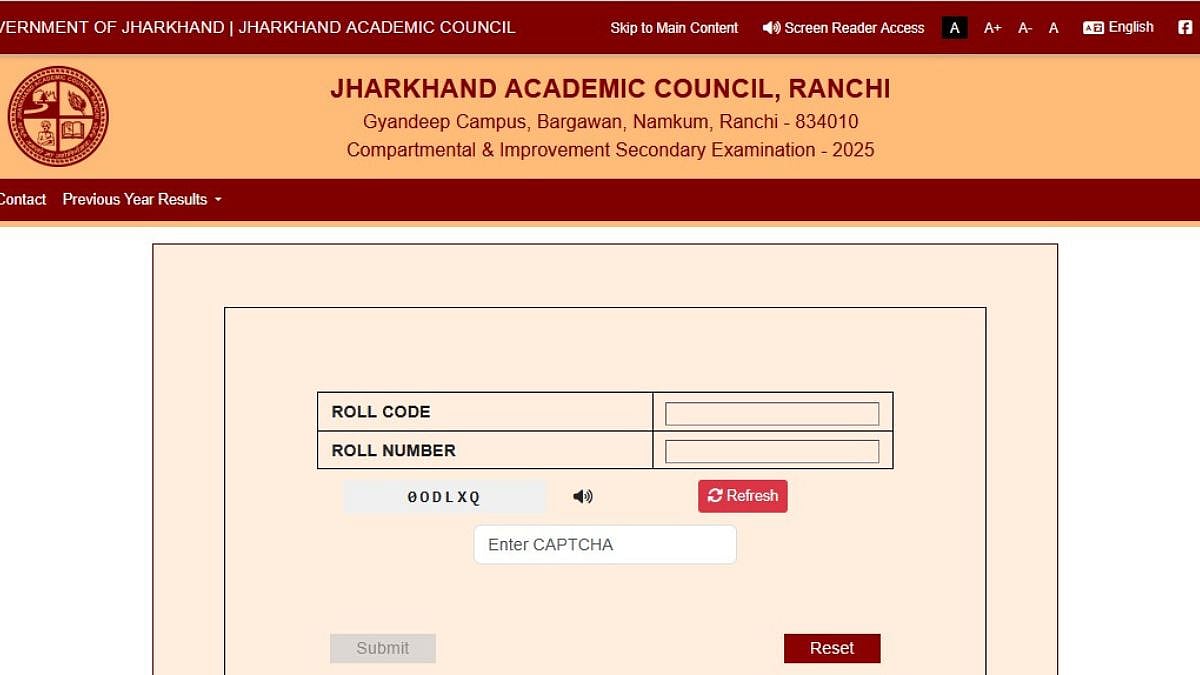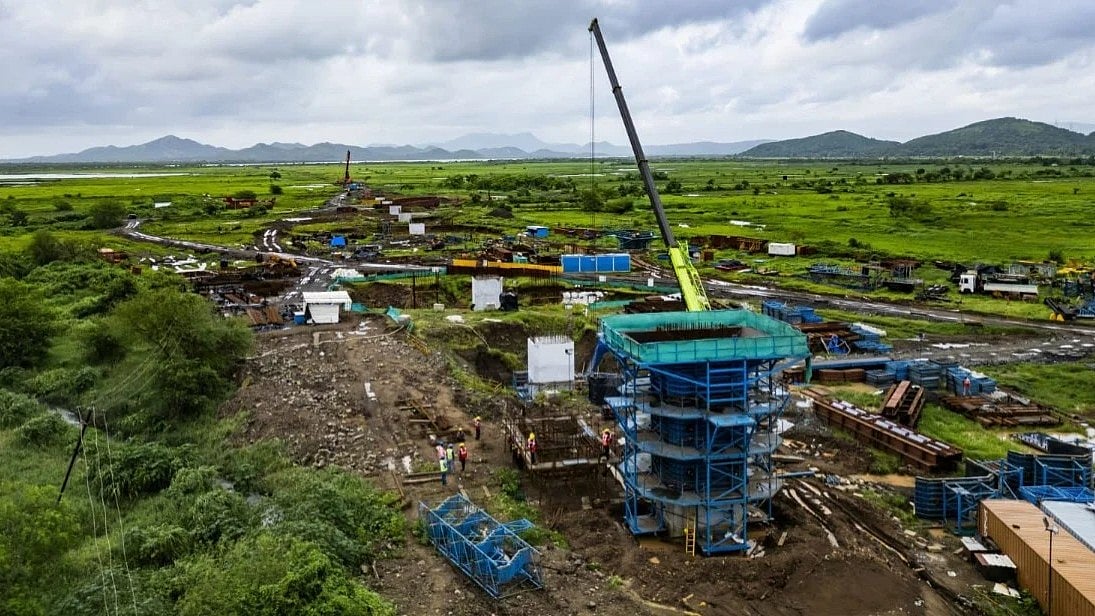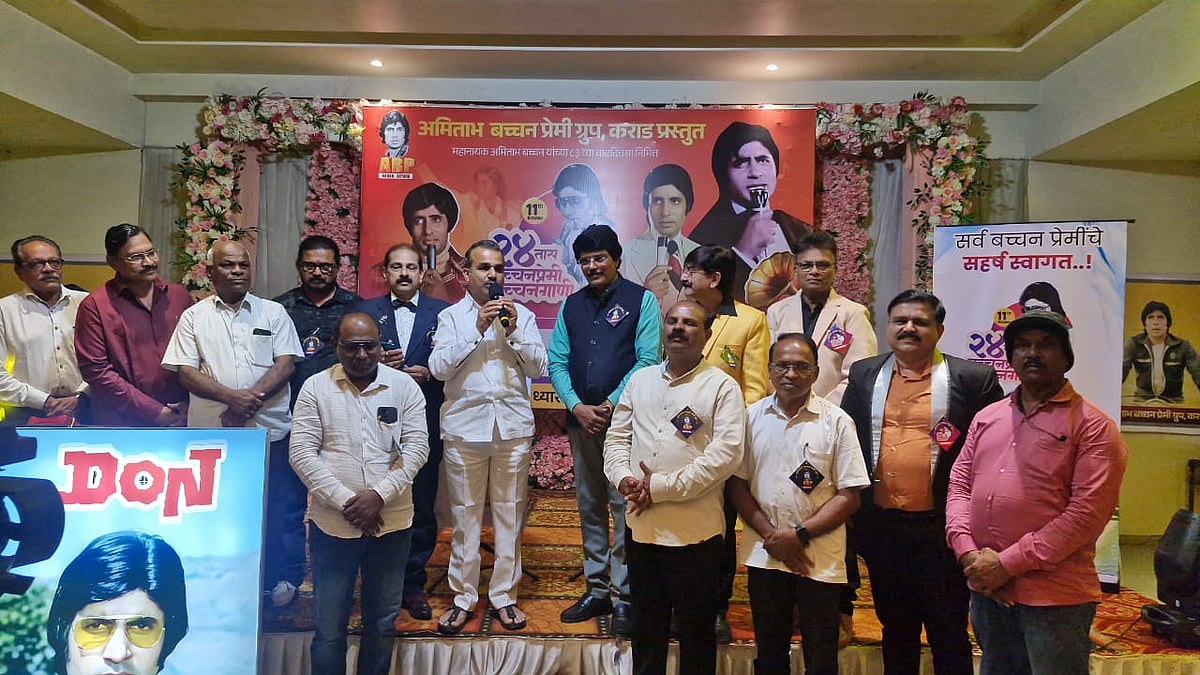Pune: The sugarcane crushing season starts on November 1. With it approaching fast, Maharashtra Sugar Commissioner Sanjay Kolte has instructed all cooperative and private sugar mills to adopt strict safety measures to safeguard sugarcane workers from leopard attacks.
The directive follows a recent communication from forest officials in Junnar. The Junnar region has consistently witnessed human-leopard conflicts and many casualties. The officials had urged the Sugar Commissioner’s office to issue preventive guidelines before the season began.
In his circular issued on Friday, Kolte noted that the majority of sugarcane cutters employed in western Maharashtra migrate from Marathwada and reside in temporary huts or tents erected near fields. “These makeshift shelters offer little security. When both parents go to work, their young children are often left playing outside. It makes them vulnerable to leopard attacks,” Kolte stated.
He explained that leopards tend to identify potential prey based on height. “Anything shorter than their eye level is often perceived as prey. Which is why unattended small children are at greater risk of being attacked,” Kolte warned.
The commissioner has urged mills to, wherever possible, arrange housing for workers away from agricultural fields. Where this isn’t feasible, mills must install barricades, ensure adequate lighting, and appoint a caretaker to look after children while parents are working.
Additionally, sugar mills have been told to conduct awareness drives for workers based on the forest department safety guidelines. These include avoiding solitary work, staying indoors after dusk, and never leaving children unattended.
.jpg)
Kolte said, “We have circulated multiple advisories for sugarcane labourers, not only regarding leopard safety but also transport precautions.”
Other directives include mandatory use of reflectors on tractor-trolleys to prevent road accidents and prohibiting animal cruelty during bullock cart transport of sugarcane.
Sugarcane cultivation is a major activity in Pune district’s Junnar, Khed, Ambegaon, and Shirur talukas, where leopards are commonly sighted, especially during the crushing season due to the abundance of prey such as wild boars and rabbits.











